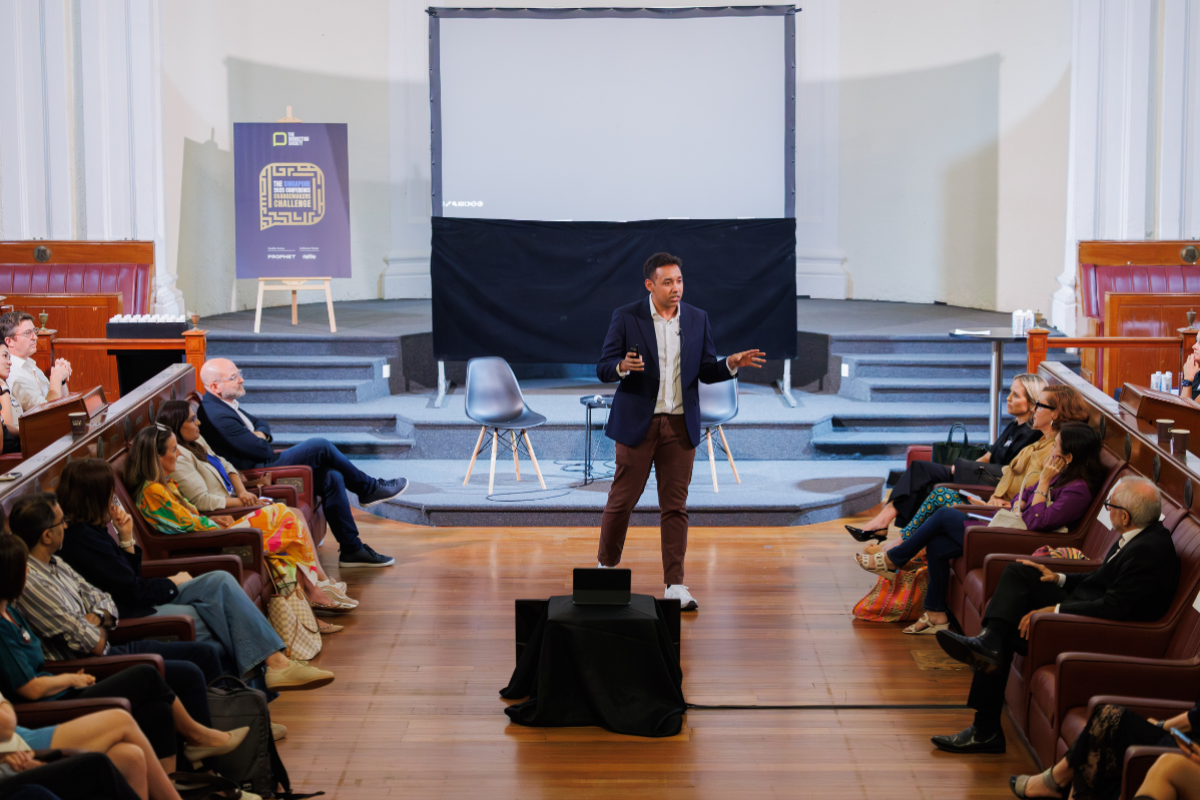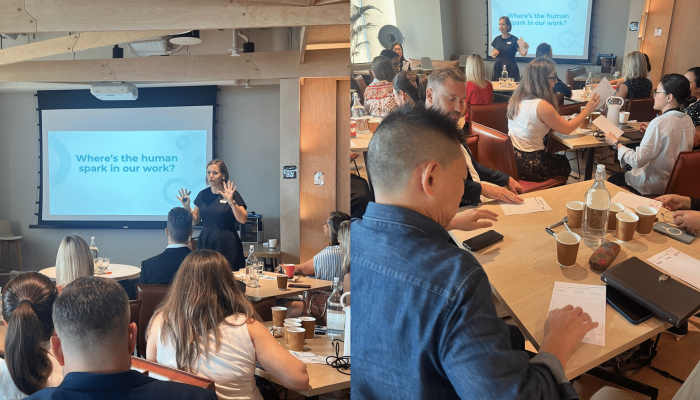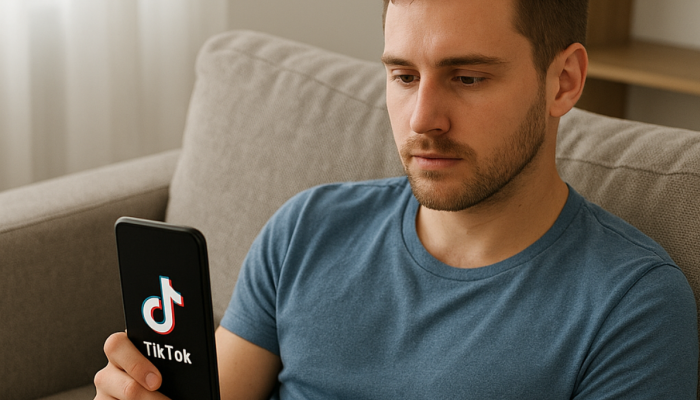Dancing and singing to “Never Gonna Give You Up” by Rick Astley was not what I expected from my first Changemakers event, yet it seemed strangely fitting as we all got to our feet, proving the power of a clear message. And the lyrics felt like a rally cry for the entire marketing community.
Hosted in the Old Singapore Parliament Building - now The Arts House Singapore - the dynamic Chair of The Marketing Society Singapore, Gita De Beer, kicked off what has become the most engaging event of Singapore’s marketing community.
The chosen theme, 'Challenge', should have been daunting in the face of our current landscape, yet this wasn’t just another talkfest of buzzwords and back-patting, it was a high-energy, profoundly human and occasionally uncomfortable call to arms. Each speaker confronted the big issues head-on: AI, short-termism, our own identity, the weight of heritage, and the terror of being boring.
If you missed the event, or are still processing Maz Farrelly’s energy, here’s a quick read capturing my favourite perspectives.
1. Embrace the Discomfort
Kicking us off, Jon Stona from Airwallex captured the collective unease perfectly. He described marketing as facing an identity crisis, noting his LinkedIn feed has become a funeral parlour questioning if marketing is dead? His antidote: stop seeking comfort, as true growth and credibility come from the discomfort. That means having three tough conversations - with leadership, with your teams, and most crucially, with yourself.
Tracy Hall’s powerful and deeply personal story silenced the room. After losing her life savings to a professional con artist, she challenged us to rethink how we build and protect trust: as leaders, brand custodians, and individuals. Her message was simple and compelling - design trust intentionally and introduce “smart friction”. In a world obsessed with frictionless experiences, she reminded us that slowing down, verifying keep both people and brands safe.
2. The Human/ AI Collision
The inevitable topic of AI was tackled not as a tech problem, but a human one. Peter Dixon of Prophet and Laurence Liew of AI Singapore argued the biggest barriers to AI success are culture and human fear. Laurence shared real world examples where nurses, afraid to lose their job, undermined the implementation of an AI project. Building on that, Peter noted that the things AI can’t do well, will become the new definition of what it means to be human - empathy, ethical judgment, and emotional intelligence will drive the humanization of AI.
Artist Wenhui of NiceAunties showed how to unleash the creative potential when AI empowers a bold imagination in service of a brilliant idea - she used AI's exhilarating speed to reframe the idea of a Singaporean “Auntie”, turning a social stigma into a global art project and brand collaboration. Her surreal, funny, and touching portraits showed how technology can amplify cultural voice rather than erase it.
3. Don’t Lose the ‘Brand’ in ‘Brand Marketing’
The legendary David Aaker beamed in to warn us that marketing is in danger of regressing into a short-term, tactical function, a repeat of the 1980s where a focus on price-off promotions destroyed profits and destroyed brands. His plea was simple: remember you are stewards of the brand, which is a long-term asset, not just a tactical vehicle. The value of the brand is a key reason the CMO has a seat at the executive table.
4. Stop Being Boring (It’s Frightfully Expensive)
If Aaker was the voice of reason, iconic TV producer Maz Farrelly was the high-octane permission slip to be brave, bold, and even loud. Her core message, delivered with epic humour, was that “being boring is the most expensive mistake a brand can make". She reminded us the human brain's primary job is to keep you alive and wipe out anything that isn't interesting, which it classifies as "white noise". Her challenge was for us to de-dull our businesses and find "one clear message" that is sticky.
5. Weaponise Your Heritage
Tom Child, House of Brands Director at JLR, discussed the challenge of building on a successful past and the 'hard reset' of the Jaguar brand, reframing heritage not as a weight around our neck, but an ability to endure time. His killer distinction, "We have brands with heritage; we're not heritage brands".
Three insights I’ll bring back to the workplace
Culture & human behaviour will define AI success
It won't be about code; it will be about managing human fear. Our job is to build AI literacy while using the tech to creatively reframe our own heritage and bold ideas.
Brand over Short-Termism
We are stewards of the brand, a long-term asset. Our job is to de-dull that asset and have the courage to defend it against the pull of short-term metrics.
Discomfort is the new KPI
Being 'interesting' is a strategy; being boring is a critical business risk. This requires us to be brave, re-evaluate heritage, and have those uncomfortable conversations – this is where the magic happens.
A Final Reflection
As the day wound down, The Marketing Society’s trademark blend of intellect and warmth took over with human connections forged over The Marketing Society branded pints of Guinness, generously sponsored by Verve. This fabulous event was therapy for the marketer's soul, a timely reminder that our craft still matters deeply if we wield it with courage and curiosity. Gita’s closing quote from the late Lee Kuan Yew captured this beautifully:
“The future is not pre-ordained, it’s what we make of it.”
Lee Kuan Yew



